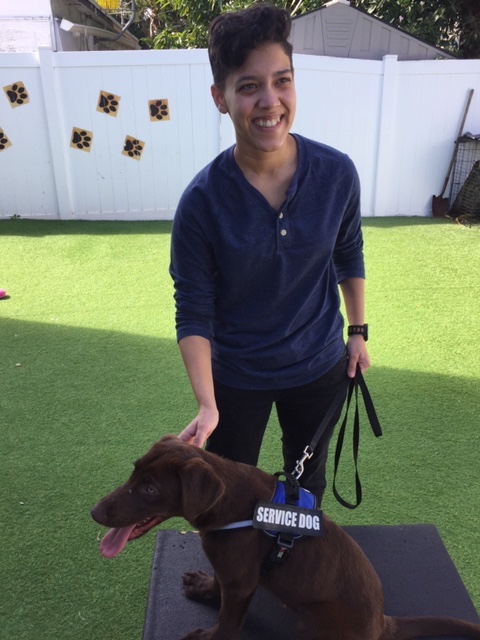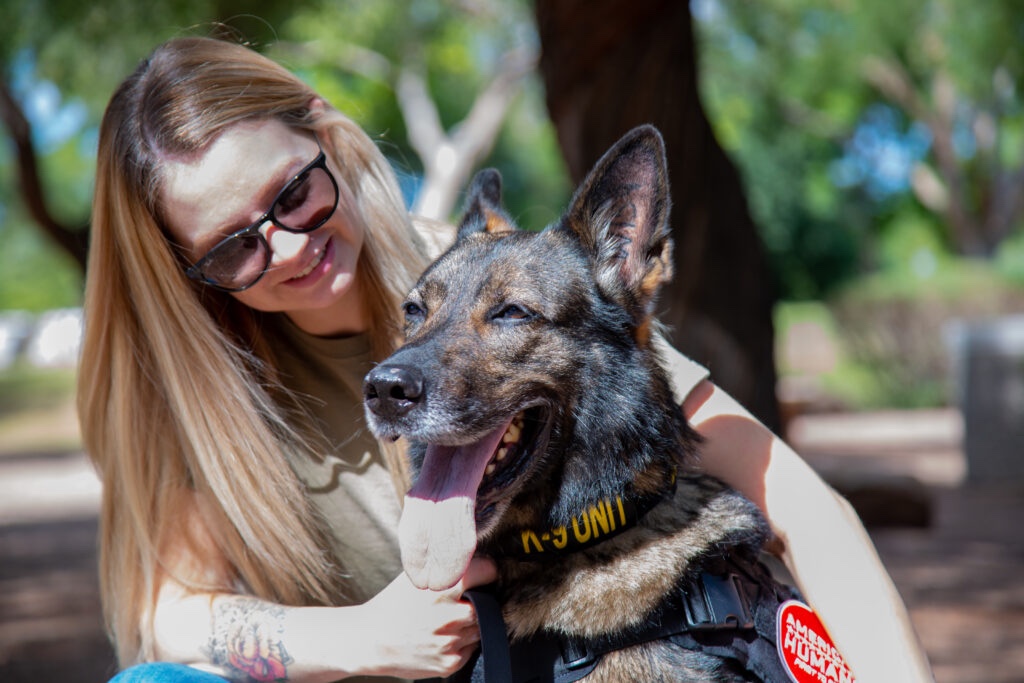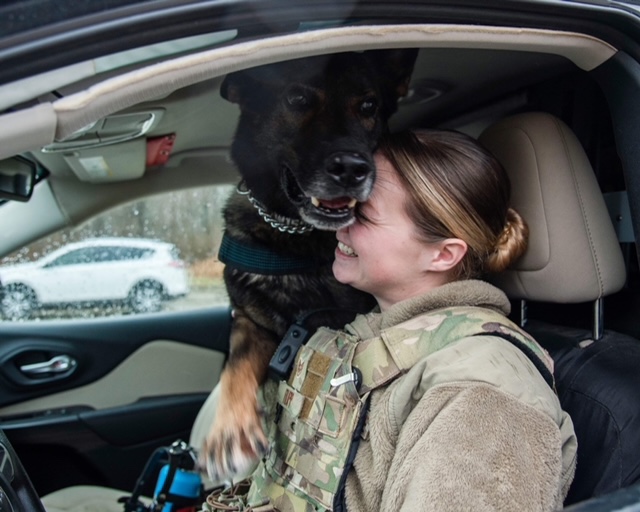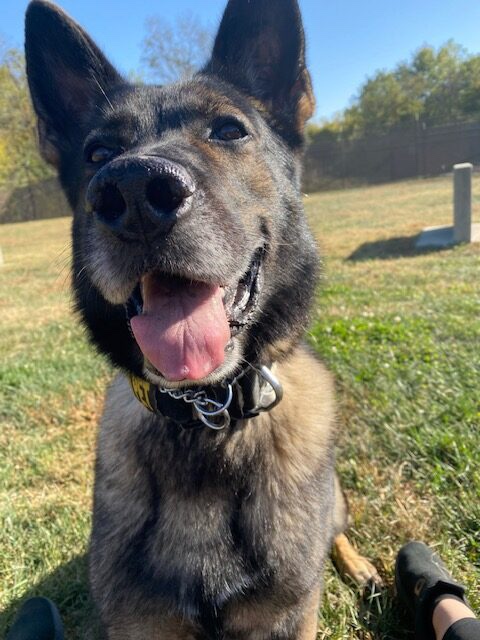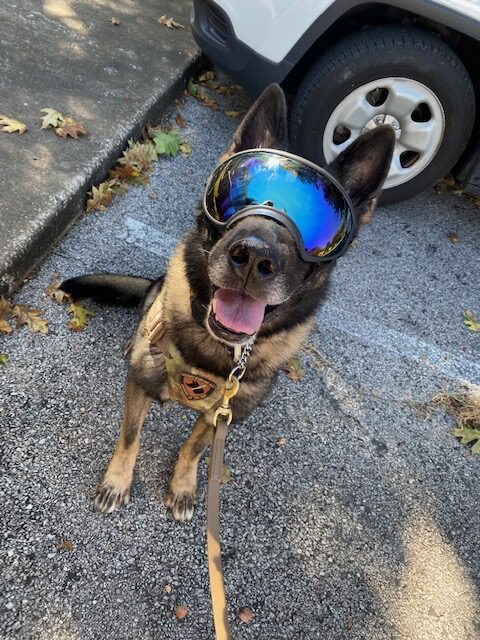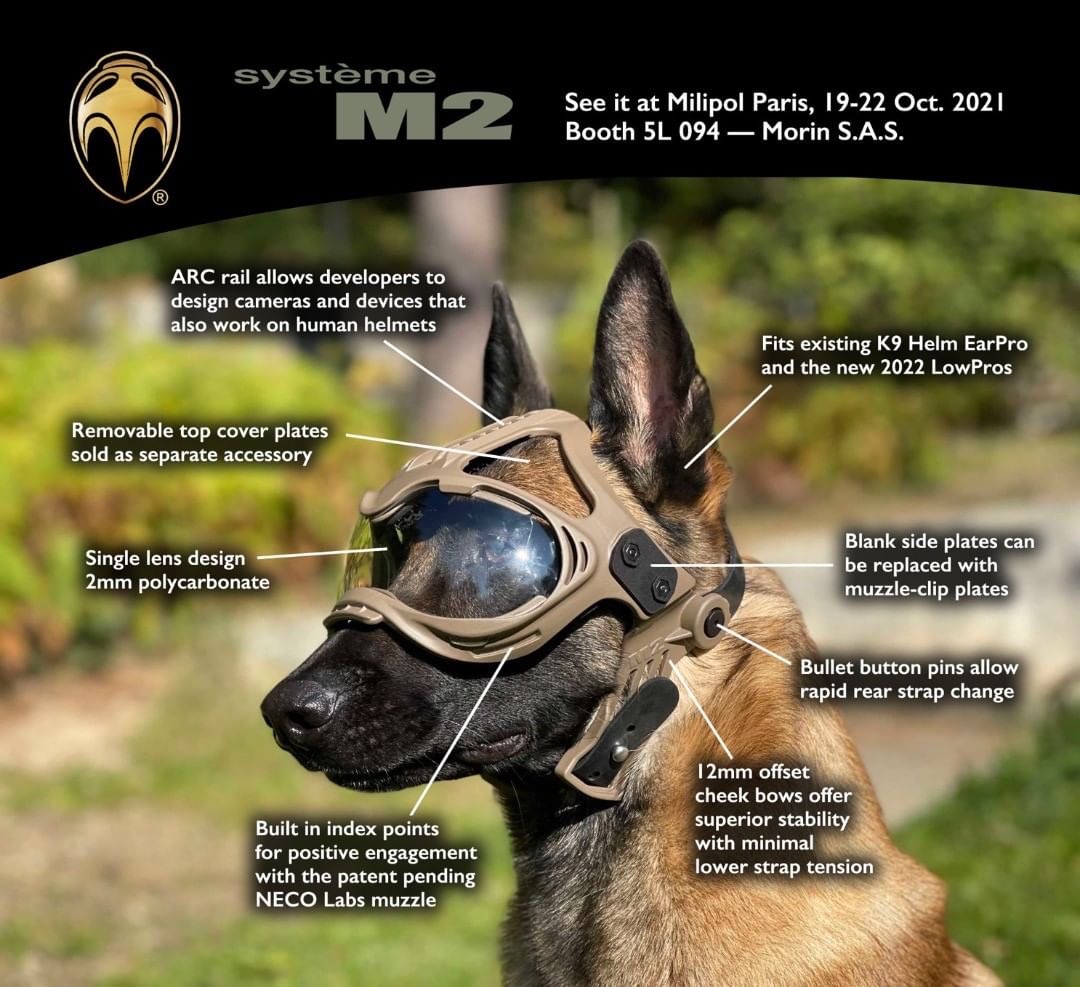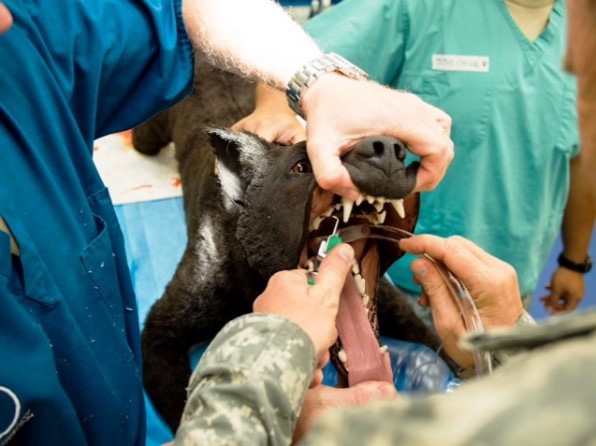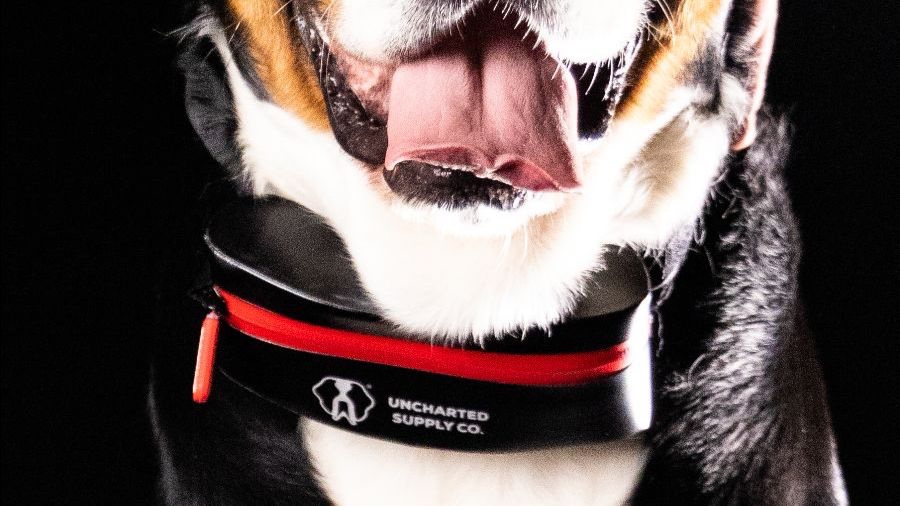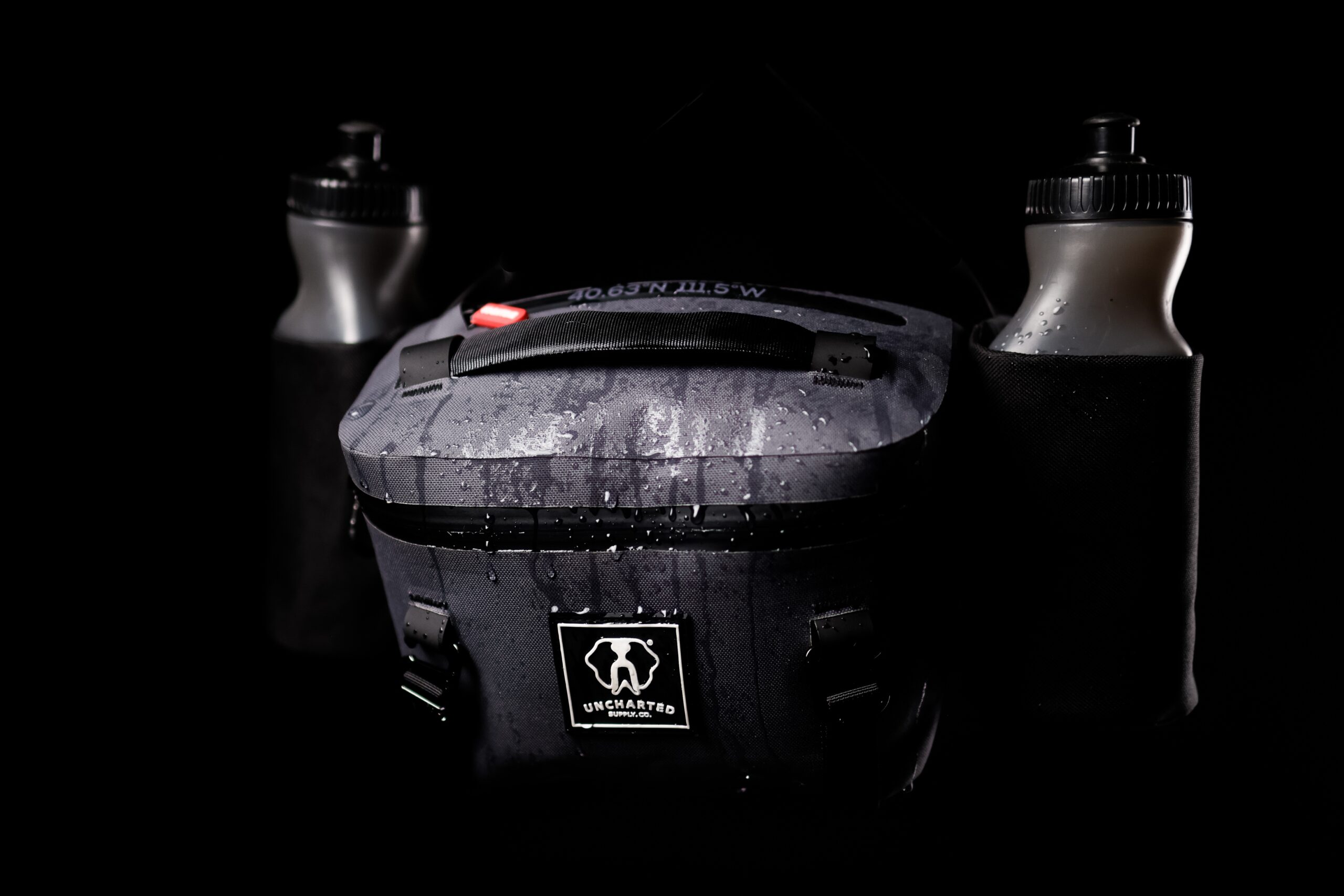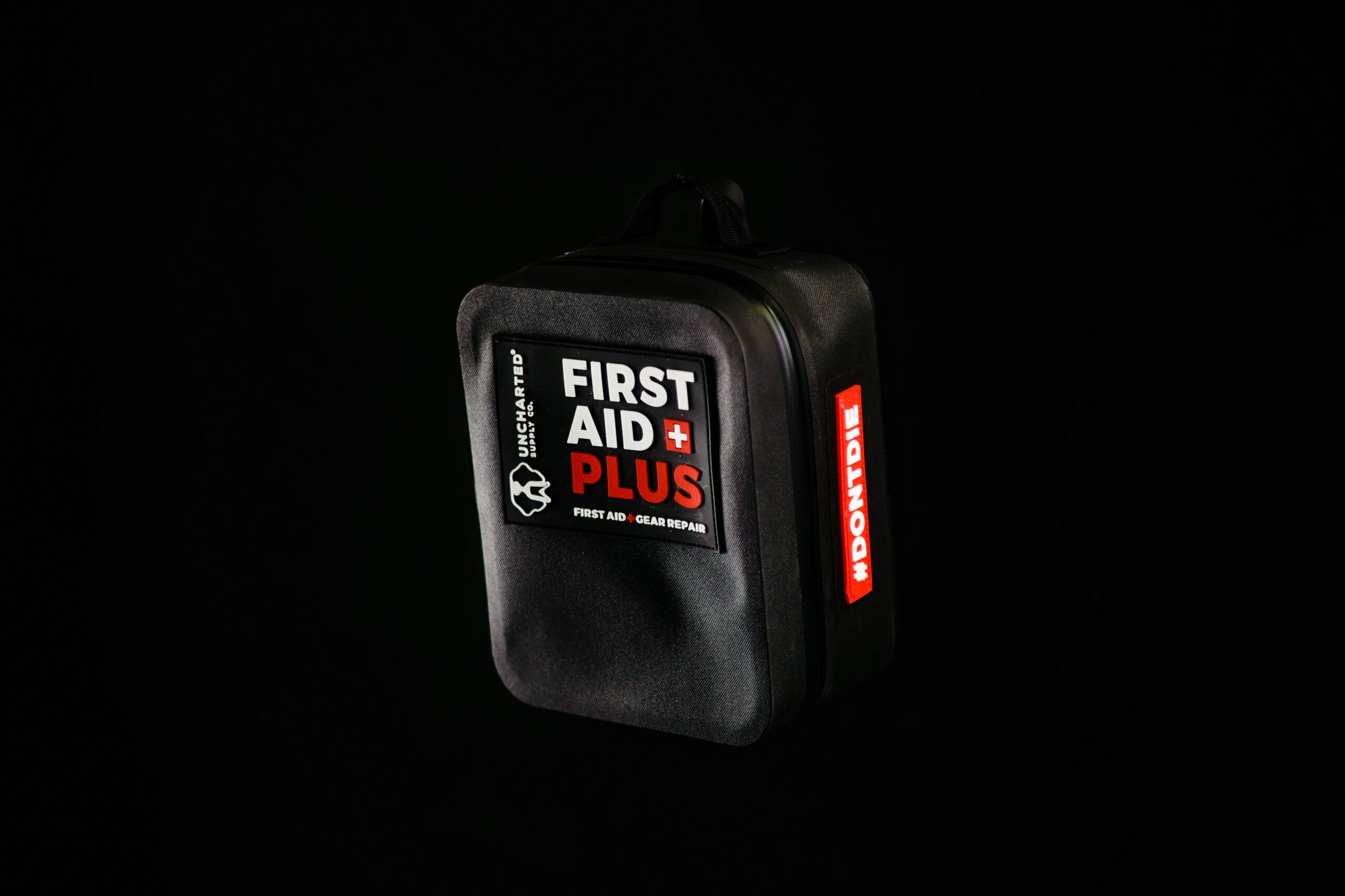Channing Tatum (co-director/star) and Reid Carolin (co-director/writer) join to support military veterans in celebration of their new film “Dog”
IRVINE, Calif. (Feb. 11, 2021) 5.11, Inc., the global innovator of purpose-built apparel, footwear and gear, has teamed up with Metro Goldwyn Mayer (MGM), United Artists Releasing (UAR) and K9s For Warriors to support military veterans in celebration of the February 18 theatrical release of the upcoming film, ‘Dog’ starring Channing Tatum and co-directed by Tatum and Reid Carolin. As part of the collaboration, 5.11 will donate $25,000 to K9s For Warriors, the nation’s largest provider of trained service dogs to military veterans suffering from PTSD, traumatic brain injury, and/or military sexual trauma.
As a part of the initiative, Carolin, Tatum and K9s For Warriors delivered a service dog to a well-deserving member of the U.S. Military earlier this month. Active Navy Captain, Jon, and his new Labrador, Winston, will complete a 3-week training program at K9s For Warriors’ headquarters in Florida where will build an unwavering bond.
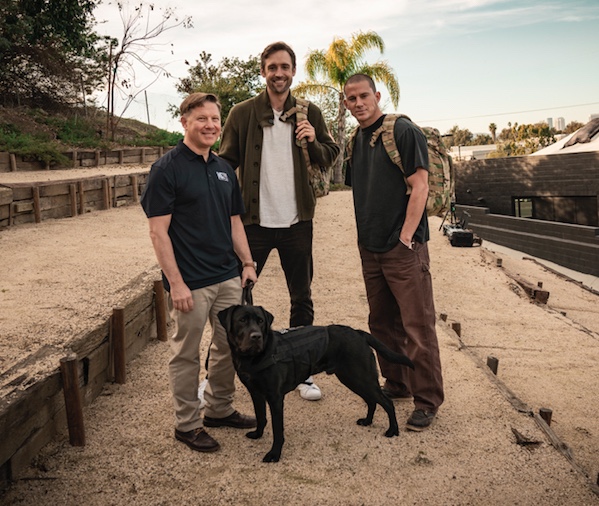
(Left to Right) Navy Captain, Jon, with Labrador, Winston, Dog Co-Director, Reid Carolin, and Dog Co-Director and Actor, Channing Tatum
Tatum reflected on the opportunity to unite a deserving veteran with his dog saying, “it is an honor to be a part of this moment.” Around creating the film, Tatum remarked, “It was a really beautiful journey for us to learn the depth of the bond between a soldier and a dog.”
DOG is a buddy comedy that follows the misadventures of two former Army Rangers paired against their will on the road trip of a lifetime. Army Ranger Briggs (Channing Tatum) and Lulu (a Belgian Malinois dog) buckle into a 1984 Ford Bronco and race down the Pacific Coast in hopes of making it to a fellow soldier’s funeral on time. Along the way, they’ll drive each other completely crazy, break a small handful of laws, narrowly evade death, and learn to let down their guards in order to have a fighting chance of finding happiness. With roots in servicing military communities, 5.11 products appear throughout the film, including the RUSH24™ 2.0 Backpack used by Tatum’s character.
“We’re pleased to support these outstanding projects that bring awareness to the many sacrifices and struggles that our nation’s veterans face every day,” said 5.11’s CMO, Debra Radcliff. “We hope our contribution helps more brave veterans find a companion through the efforts of K9s For Warriors and lets them know they are greatly appreciated.”
Determined to end veteran suicide, K9s For Warriors is a non-profit that pairs highly trained service dogs, commonly rescued from shelters, with veterans struggling with the invisible wounds of war. This innovative program allows the K9/Warrior team to build an unwavering bond that facilitates their collective healing and recovery.
“We are incredibly grateful to collaborate with 5.11, MGM and UA Releasing to support our veterans who have sacrificed so much for our freedoms,” said K9s For Warriors CEO Rory Diamond. “K9s For Warriors has the privilege every day to see the impact a Service Dog has on a veteran. With a battle buddy by their side, the veteran returns to a life of a dignity and independence. This partnership has given us the amazing opportunity to showcase that special moment when Channing surprises our Warrior Jon with his Service Dog for the first time, beginning their journey towards an unbreakable bond.”
Join us in celebrating the work of K9s For Warriors, the spirit of the film ‘Dog’, and the excitement from Channing and Reid around uniting Jon and Winston. The video can be viewed in its entirety here.
For more information on 5.11’s activation with MGM, UAR and K9s for Warriors, please visit www.511tactical.com/k9s-for-warriors. For more information on 5.11, please visit www.511Tactical.com. To learn more about K9s For Warriors visit www.k9sforwarrior.org.


